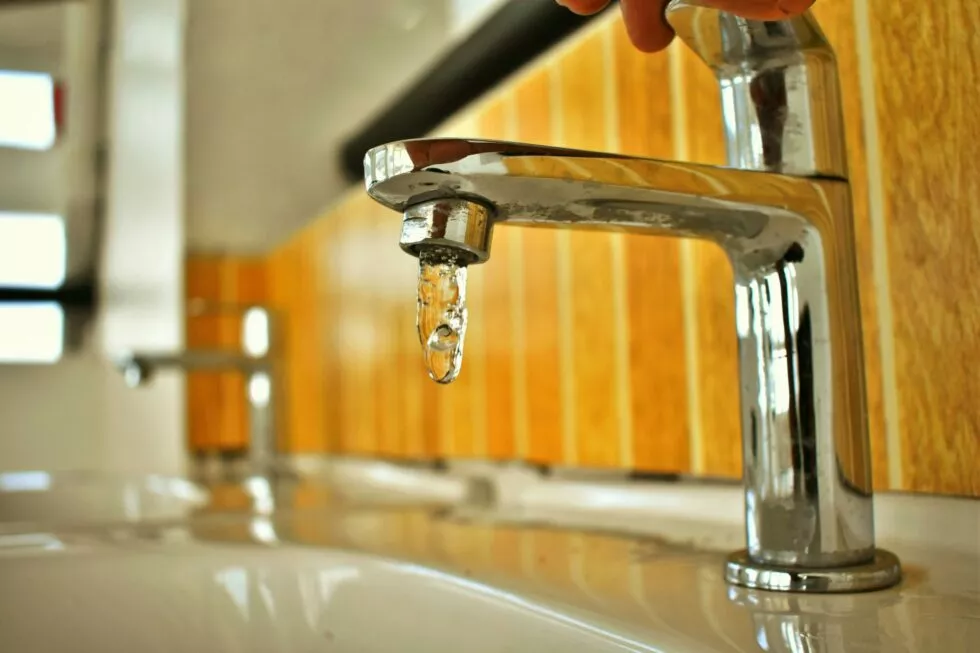Micro-station: the essential criteria for selecting a model perfectly suited to your home

Why choose a micro-station?
In a world increasingly concerned with sustainability and respect for the environment, micro-stations are a modern and efficient alternative to traditional septic tank systems. Their growing popularity among homeowners is a testament to their ability to combine performance and compactness, thus meeting the needs of contemporary households. This choice is not simply a question of fashion, but a commitment to responsible and intelligent wastewater management. However, choosing the ideal model for your home is not a task to be taken lightly and requires careful evaluation of several key factors. This guide is designed to accompany you throughout this process, focusing on essential criteria such as the number of inhabitants, the size of your plot and the nature of the soil.
Number of inhabitants: a key criterion
Analysing the number of inhabitants in your household is one of the first criteria to be taken into account when selecting a micro-station. The treatment capacity of the station must be proportional to the number of people using the sanitary facilities on a daily basis. Incorrect assessment of these needs could have undesirable consequences, such as inefficiencies in wastewater treatment or unnecessary expenses. It is therefore essential to calculate your needs carefully in order to choose a model that offers adequate capacity, thus avoiding future inconvenience and optimising your investment.
Size of the property and available space: decisive factors
The size of your property and the space available for installing the micro-station are determining factors in choosing the most suitable model. Although micro-stations are designed to be compact, they nevertheless require sufficient space for installation and maintenance. This assessment must also take into account local regulations on individual sanitation, to ensure that the installation blends in harmoniously with your environment. A well-chosen location guarantees optimal efficiency of the station.
Soil quality: major impact on the installation
The nature of the soil on your property is a determining factor that influences not only the choice of the micro-station, but also its installation. For example, clay or rocky soil may require specific adjustments to ensure the proper functioning of the station. It is strongly recommended that a soil study be carried out before purchase in order to select a model that is suited to the particularities of your land. This approach guarantees optimal long-term performance, thus avoiding technical complications that may arise in the event of an inappropriate installation.
Choosing the ideal model: essential technical aspects
To choose the ideal micro-station for your needs, it is important to understand the technical aspects that influence its operation. Treatment technology, energy consumption and maintenance requirements are all elements to be carefully considered. The following aims to guide you through the different technologies available, helping you to discern those that correspond to your specific needs and budget, without compromising quality or performance.
Treatment technologies: exploring the available options
Micro-stations rely on various technologies to effectively treat wastewater, such as extended aeration, biological filters or activated sludge processes. Each technology offers its own advantages and disadvantages in terms of efficiency, cost and maintenance. An in-depth understanding of these technologies will give you the opportunity to choose a model in line with your expectations in terms of performance and durability, thus guaranteeing environmentally friendly management.
Energy consumption: a parameter not to be underestimated
The energy consumption of micro-stations varies according to the models and technologies used. An energy-intensive model can lead to high operating costs in the long term, which could adversely affect the overall economy of your installation. It is therefore advisable to find out about the specific energy requirements of each model. Choose micro-stations equipped with energy management devices, which will enable you to minimise your ecological footprint while saving on your energy bills.
Maintenance and durability: key factors to consider
Regular maintenance of a micro-station is essential to ensure its proper functioning and longevity. Before making a purchase, find out about the maintenance requirements of each model, the availability of spare parts, and ease of access for cleaning and repairs. Investing in a model that is initially more expensive but requires less maintenance can prove more profitable in the long term, ensuring a peace of mind and long-term operation.
Conclusion: an informed choice for a sustainable investment
The option of a micro-station represents a significant decision directly impacting your daily comfort and your environmental footprint. By taking into account criteria such as the number of inhabitants, the size of your property, the quality of the soil, as well as technical aspects such as treatment technologies, energy consumption and maintenance, you will be able to make an informed choice. This investment in an efficient and sustainable solution will enable you to manage your wastewater in an optimised way, while preserving your environment.

